Fish farming is an old agricultural method that modern homesteaders can use today. A great source of continuous protein, freshwater fish farms allow anyone to grow a different variety of fish that can be used for personal consumption.
While it may be hard work to get started, building a fish farm can be rewarding, fun, and can really pay off in the long run when you may not have a lot of money to spend on food. It could also be a good income source if you have other people around you who are in need of additional food.
If you like the taste of seafood and you’re thinking about building your own fish farm, then here are some expert tips on how to build a fish pond that you can use for homesteading. Let’s get started.
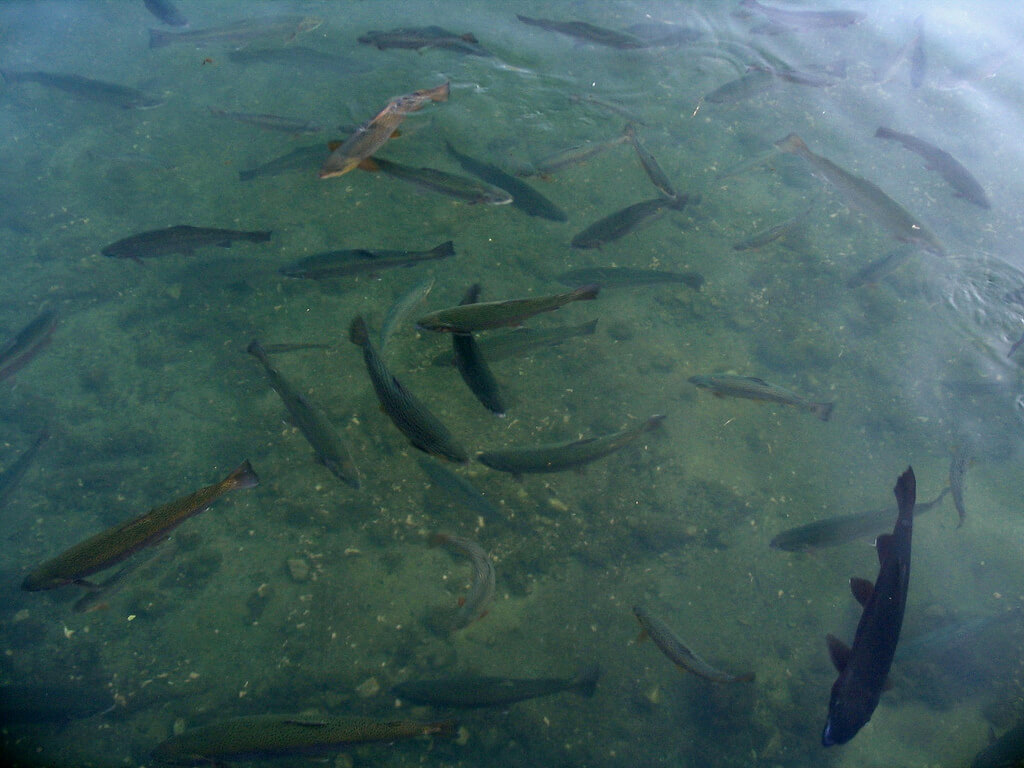
Pond Building Preparation
Don’t break ground on your pond until you answer a few key questions.
Decide Which Fish To Farm
Before you begin working out the location of your fish farm you first need to consider three main things.
- The type of fish that you’re looking to grow.
- The size the fish can grow when they’re in adult form.
- How many you’re looking to grow.
You want to make sure the pond size can handle the type of fish you’re going to be growing. You don’t want to grow fish that are too large for the pond size only to find out you’re running out of room.
Select A Suitable Location
When building a fish farm in your backyard or on your property, it will need to be positioned in an appropriate place to ensure the best growth and health of the fish. Some key things to remember when finding a suitable location is:
- The ground level should be low and flat (however earthmoving and excavation work can help to level the ground easily).
- The pond should be positioned in a place where it can easily collect natural rain water or run off. This helps to keep the water fresh and from becoming stale which can harm the health of your fish.
- Will there a barrier between the pond and your children? You don’t want to position your fish farm close to you home as it does pose a drowning hazard for young children.
- If the area is exposed to extreme heat or cold, you need to make sure the area that you’re going to dig can be dug between 8-12ft to ensure the fish can find enough shelter during these extreme temperature changes. A pond that is shaded by trees is also ideal however you run the risk of digging into large root systems.
In taking these things into consideration you’ll be able to determine a good location that is suitable for your pond to be positioned.
Plan The Dig Site
When you’ve decided on an area, it’s also a good idea to draw sketches and map it out to the exact measurements and dimensions. This can be done with spray paint on the ground.
Mapping out your pond will help you visualise it better and to determine the correct size of the pond ready for digging. If you don’t have spray paint you can use ropes or a garden hose. The final layout of the pond site ready for digging should include:
- The elimination of any gas pipes, electric lines, water pipes or sewerage lines that are buried below the ground.
- Any plant roots from large trees that may compromise the pond later if they begin to grow again. If you’re planning to dig next to a tree, make sure the root system next to the pond is well taken care of to stop problems occurring later with your pond.
By preplanning your dig site, you need consider all these things to ensure you don’t run into a lot of trouble when you’re digging the hole.
Building Your Fish Farm Pond
With prep-work complete, you’re ready to break ground. Here’s our recommended process.
Digging Your Fish Farm Pond
Depending on the size of your fish farm pond, you will either need:
- A large shovel, a lot of energy and a lot of time to commit to the hard work or;
- A bobcat or excavator that can handle digging up the area and the size of the pond.
Unless you have a team of strong-backed people willing to work for free, digging your pond with a Bobcat or other excavator is the best way to get the job done quickly. Here’s our tips and process for digging a fish pond with an excavator.
- Avoid digging at the top of the hole on a downward slope. This can cause your machinery to tip forward with the weight.
- When digging the hole, dig at depths of 16 inches at a time on the outer edges and place the dirt in a pile out of the way—at the back or side of the pond.
- When you’ve reached the center, start to dig deeper as this will help to create an even slope in your fish pond if you ever need to walk in it for some reason. It will also help you drive the excavator in and out of the pond easier.
- Continue to stop and measure the depth of the pond to make sure it’s the right level of deepness that you’re hoping to achieve.
- Take care when digging. If you rush the digging process you may find that your pond won’t be even.
- To make the edges look more defined when complete, dig around the outer edge with a shovel to level it better.
In taking these tips into consideration you will be able to dig your fish pond more successfully without too much trouble.
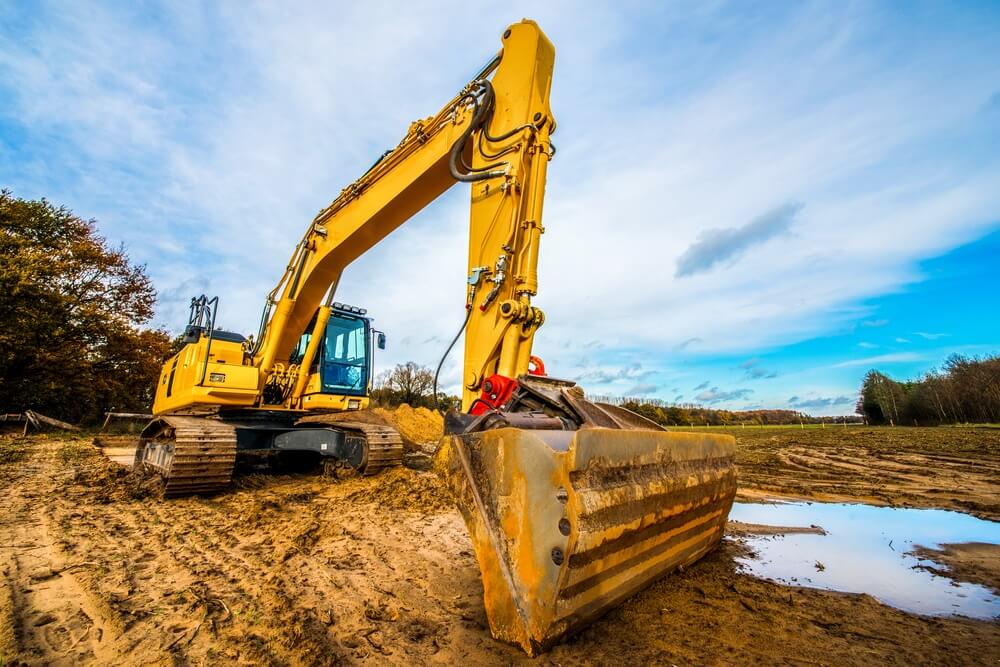
Lining The Hole So It’s Ready For Water
Once the hole is dug you may need to line it with a rubber liner or tarp. This tarp or liner needs to be compatible with fish ponds to reduce poisoning from any chemical residue left on other types of tarps from the treatment process. Before you lay your large tarp down however you will first need to add a layer of sand across the surface area of the hole ready for the tarp to reduce tears. You can use a rake to level out the sand.
Once this is done it’s a good idea to place some geotextile fabric to help protect the rubber liner or tarp from being damaged. The reason why a tarp is required to layer the fish pond is because it helps to reduce the water from seeping out into the surrounding land. Otherwise you may have to continue to fill it up constantly.
It is possible to seal ponds without liners, which is a more sustainable option and much cheaper than buying pond liners, but depends on your soil type and the clay content of your soil. There are vendors who sell sodium bentonite clay as a pond sealer that you can purchase to help seal ponds, too.
There may also be sustainable versions to traditional pond liners that are worth researching, though they can be difficult to find. It’s possible to make polyethelene with ethanol-based plastics rather than fossil-fuel based plastic. In theory those should be slightly more sustainable than traditional pond liners.
When placing your rubber liner or tarp into the base of the pond it’s a good idea to unfold it from the center. Depending on how large your hole is you may need a few large pieces of tarp to ensure the entire area is covered successfully.
Filling The Pond With Water
To ensure the liner stays in place when the pond is being filled you can place a decent sized stone in the centre. This helps to prevent the tarp lifting and floating while minimal water is in the pond.
Filling up your pond may take a while depending on the size. It’s a good ideal to let the water run into it from the side as this will also help the tarp to conform slowly to the weight of the water. You should also place some stones around the outer edge of the tarp to help prevent it from falling in as the weight of the water increases.
Once the pond is full, the weight of the water will help to keep it in place. Then you can then setup your pump system (if applicable).
If you’re not planning to use a pump system, then you can work on introducing your fish. However, don’t forget that fish do need to have some oxygenated water to live and grow healthy. You can provide them with oxygen by placing a running hose in the pond 2-3 times a week for 15-30 minute intervals.
Introducing Your Fish To The Pond
When introducing your fish to the fish pond it’s a good idea to first let the water and any dirt residue to settle. Once ready, slowly begin to mix the pond water into the bucket water that you have your fish in for 10 minutes, this will help them acclimatize to the new water PH levels.
Once you have mixed the water and waited, slowly tip the fish into the pond. The less stressed your fish are when introducing them into the pond, the more of them will survive the process.
Don’t add all your fish at once. Start off with a small amount of fish. If most of them live for the first two weeks then introduce more.
If they all die within the first week, there’s something wrong with your water which needs to be addressed. One area that may need checking is the PH level. Some fish require a set PH level to survive in. If the PH level is still within range, you may need to ask a fish expert on what might be the problem.
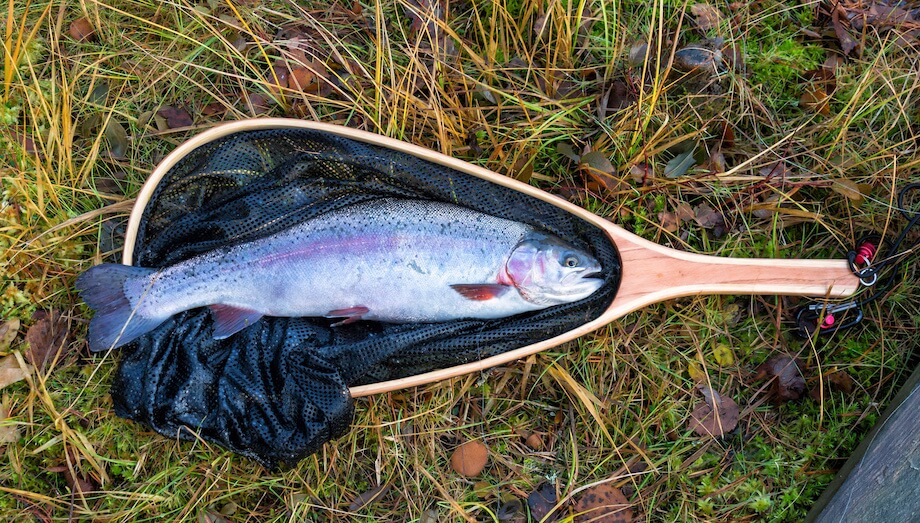
Fish farming is a great way to provide you and your family with a sustainable food source. As your fish breed, you will find that you’ll have more than enough food to last for years. As the first month goes on, continually check on your fish and see whether you can improve any part of the pond. This will help you to keep your fish pond running well for a long time.
So, are you ready to build your own fish farm or pond ready for your homesteading lifestyle? If you have any questions, leave them in the comments.

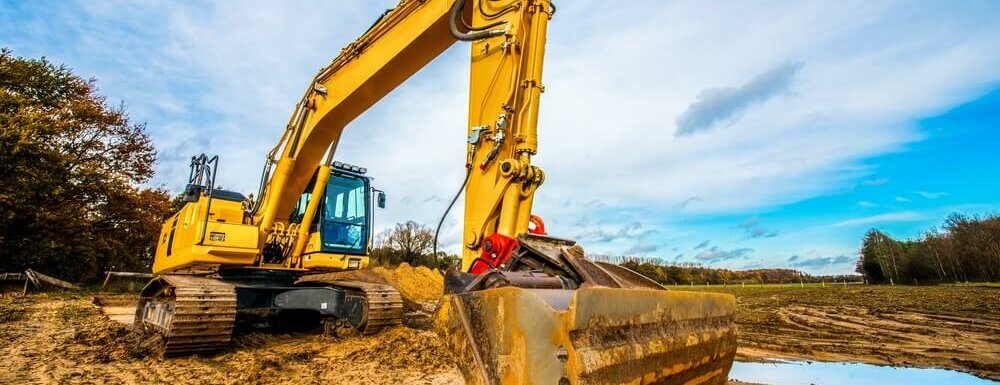

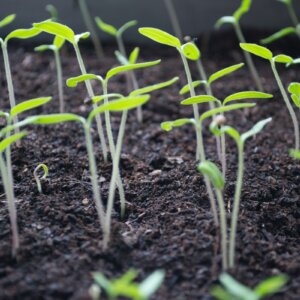



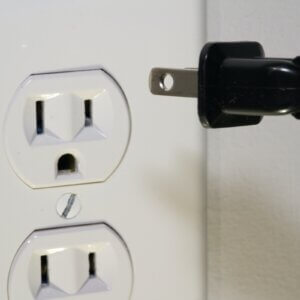

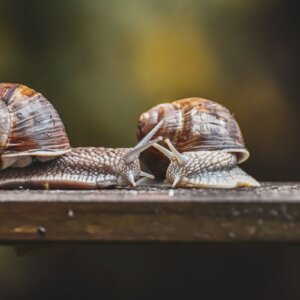

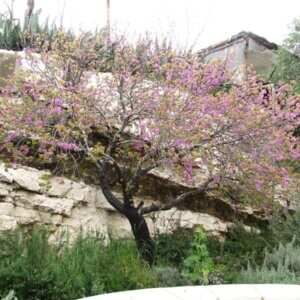

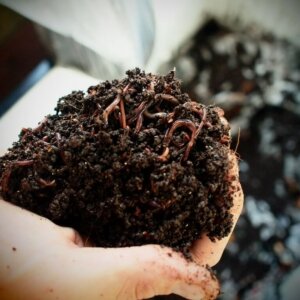

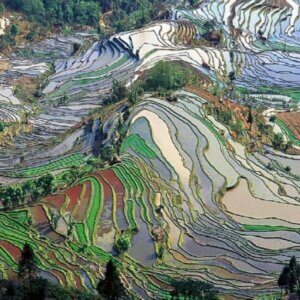

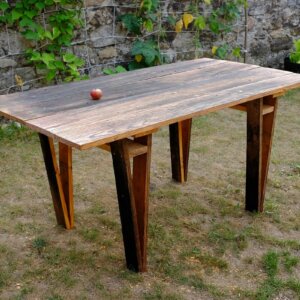


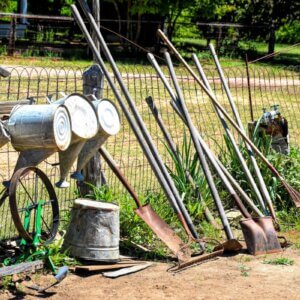


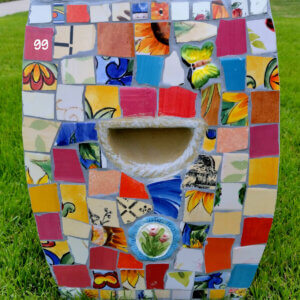
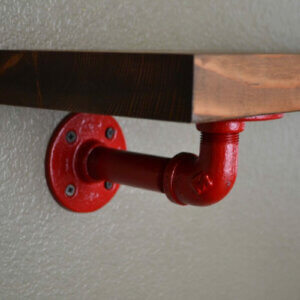
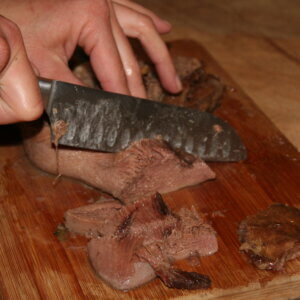

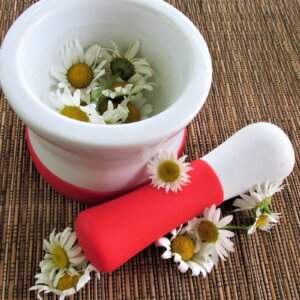


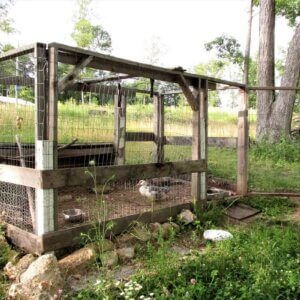

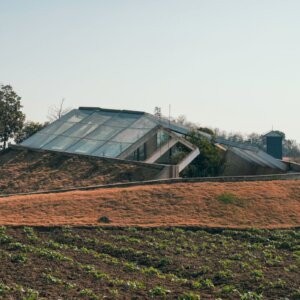
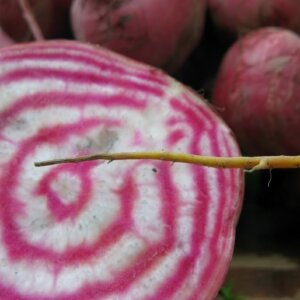

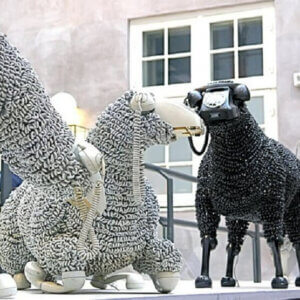



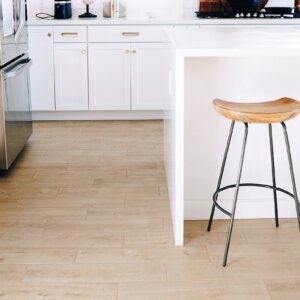
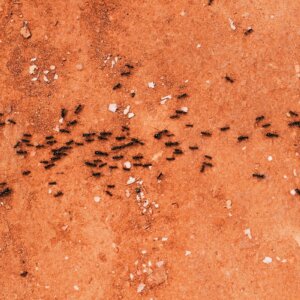
The article is a nice starting point and interesting idea. However, it lacks the details for actual planning. Where can more information be found about the type, size and number of fish that ponds can sustain? How large of a pond is needed for 50, 100, 200 or 300… fish? What are the requirements to feeding the fish? Without fish farming information the article is just about pond building. The deciding which fish to farm section needs more information.
Hey Wayne – all good points. This article was purposefully focused on the pond building considerations, but everything you mentioned is of course important to planning and maintaining the pond. Some of that is really dependent on bioregion and types of fish that will thrive well in the area that the pond is being built. But I think we should definitely do a follow up that talks about those fish population concerns and how to go through that process as well!
Hi Wayne, thanks, all very good and helpful information. do you have more or links for fish types that would prosper in Canada and Saskatchewan. pond sizes and feeding, thanks, MikeB
Hi Wayne
Iam based out in zambia.i have a very large reservoir and was thinking of using this for fishing farming.its about 2meters deep and is concrete,i have noticed some cracks in the wall.it does have an outlet for water on one side and has some shade over it during the summer
Any idea would be great
I am in Ghana and wish to venture into fish farming using ponds in the Northern part of the country where temperatures are mostly high up to 40 degree Celsius in March and April. I wish to start with tilapia. How about building solid concrete walls to contain the water
Nicholas and Godfred, tilapia will be the best fish to use for aquaculture in your areas. . Check with your local fisheries department for recommendations on the most suitable subspecies for your climate and watershed. You may not want to introduce an unwanted subspecies into your area that will eventually supplant other, more desirable fish.
I have studied fish farms in Zambia, so I know tilapia are actively promoted for both commercial ventures and family farms in the rural areas.
MikeB, it will be similar advice for you or anyone wishing to stock a pond: Check with your local fisheries authorities first. they already have a master plan in place and you do not want to run afoul of regulations, which can be tricky. They also have the experience to recommend the most suitable species for your particular pond.
Fish Farmer in California
Am based in Zimbabwe and want to start fish farming. Hep me with information
Comment*
This article is in detail to an understandable level. But I want to know the preferable type of pond. Pond digging or concrete wall.
Thanks
Comment*thanks to all who have commented with such good ideas.
I’m from Eastern Rwanda where I want to start an artificial fish pond.
If here there’s someone who’ve already started this business
Please be on my part and help me with your excellent experienced ideas to hold me up or back me up or support me
possibly drop your WhatsApp number and I contact you.
For better also we can make a WhatsApp group.
that’s my idea
but please the one already in business drop yours.
I have gathered an immeasurable amount of information reading the write up on the construction of artificial fish ponds. I am in the process of starting a commercial fish farm as a local community business to assist in the creation of employment for some youths and fish marketing opportunities for the local women. I have a 16 acre land that is going to be dedicated to the venture in the South Western part of Nigeria. I therefore need as much information as I can get to learn the basic requirements for a successful venture.
Hi I want to convert my large koi fish pond to produce trout or tilapia 1.how deep shud the pond be 2. Can I line my fish pond wit fibre glass 3.is there a difference using a wild fish pump an filtration system to breed the fish or use my current pump 4.Wat shud I do to keep my fish healthy an increase production quicker 5. If I have 2000 minus plus wat wuld be the approximate cost Thank you Lee
Photo/Attachment:
This is a really nice overview of getting started with fish farming. Often people run into challenges with recovering the fish once raised in the pond or smaller fish being eaten by larger fish. My father-in-law invented a system for raising fish in floating raceways in ponds. He started out serving the commercial fishing industry, now has options for home hobbyists.